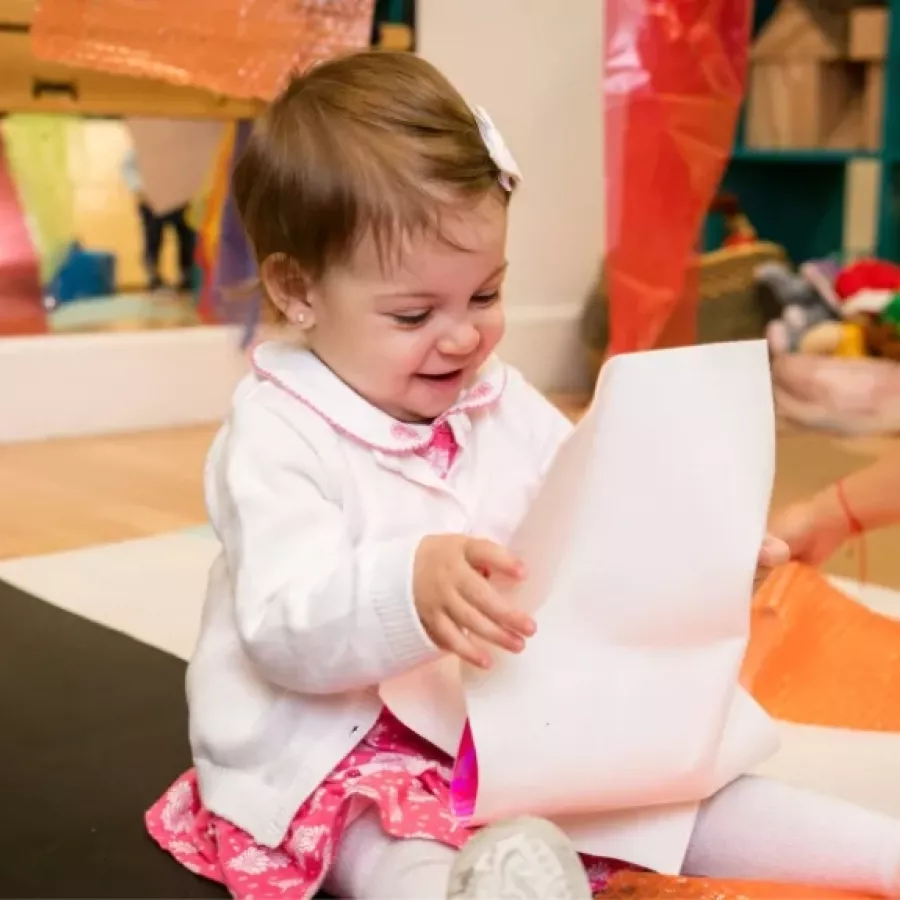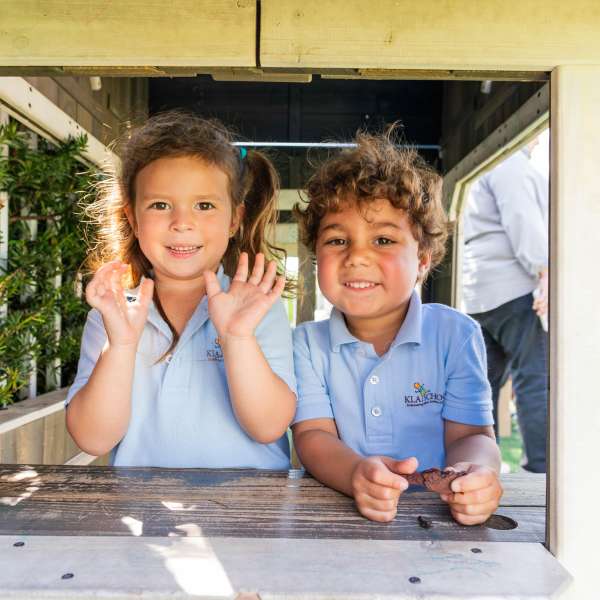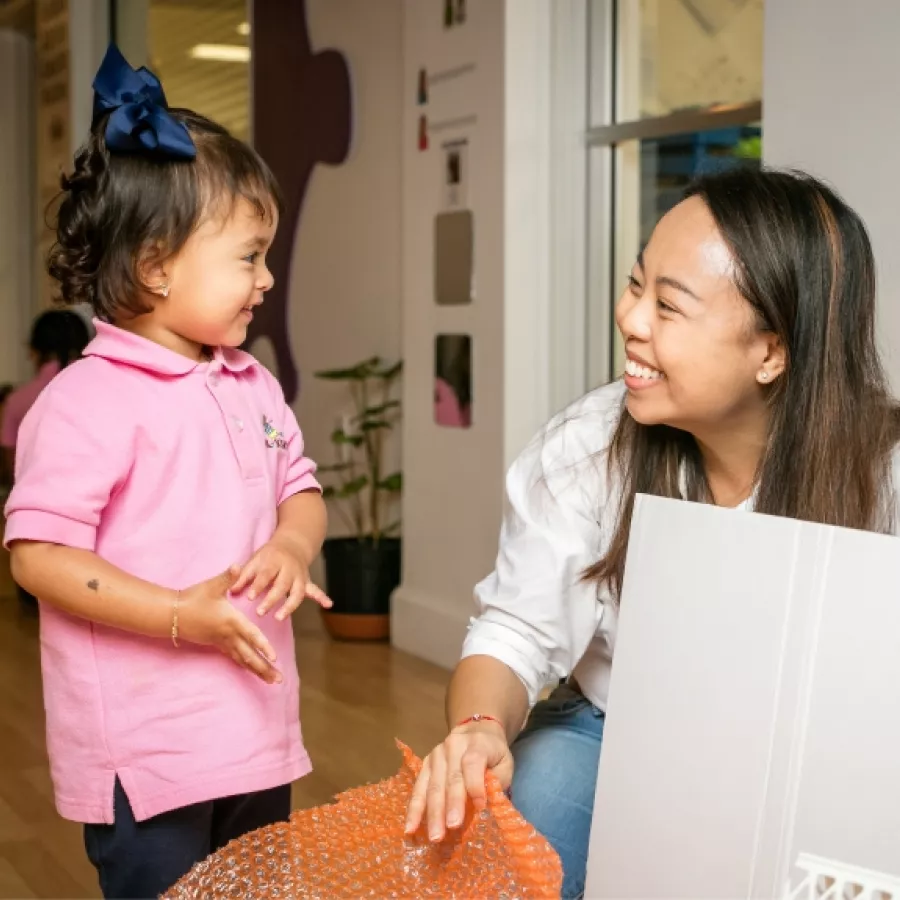Your child should only have one preschool experience. It’s important to get it right.
Preschool is where the journey begins, setting the stage for kindergarten and a lifetime of discovery. It determines whether children love or simply tolerate school. It either honors or hinders their inner confidence. It sparks the academic, social, and emotional skills that all future education builds upon. Early childhood education is critical, and at KLA Schools of Hillsboro, education is extraordinary from the start because:
- Learning begins on day one. From the start, children are immersed in a nurturing environment that values curiosity, creativity, and exploration.
- Our programs and curriculum are inspired by the Reggio Emilia approach and grounded in decades of research in early childhood education.
- Academically rich and personally meaningful, our educational program honors each child’s interests while building strong foundational skills.
- Children are seen as competent and capable, natural researchers who actively shape their learning through inquiry and discovery.
- State-of-the-art learning spaces are designed to inspire exploration and empower students to follow their curiosity.
- Parents are welcomed as partners, playing a vital role in their child’s growth and success throughout the journey.
















